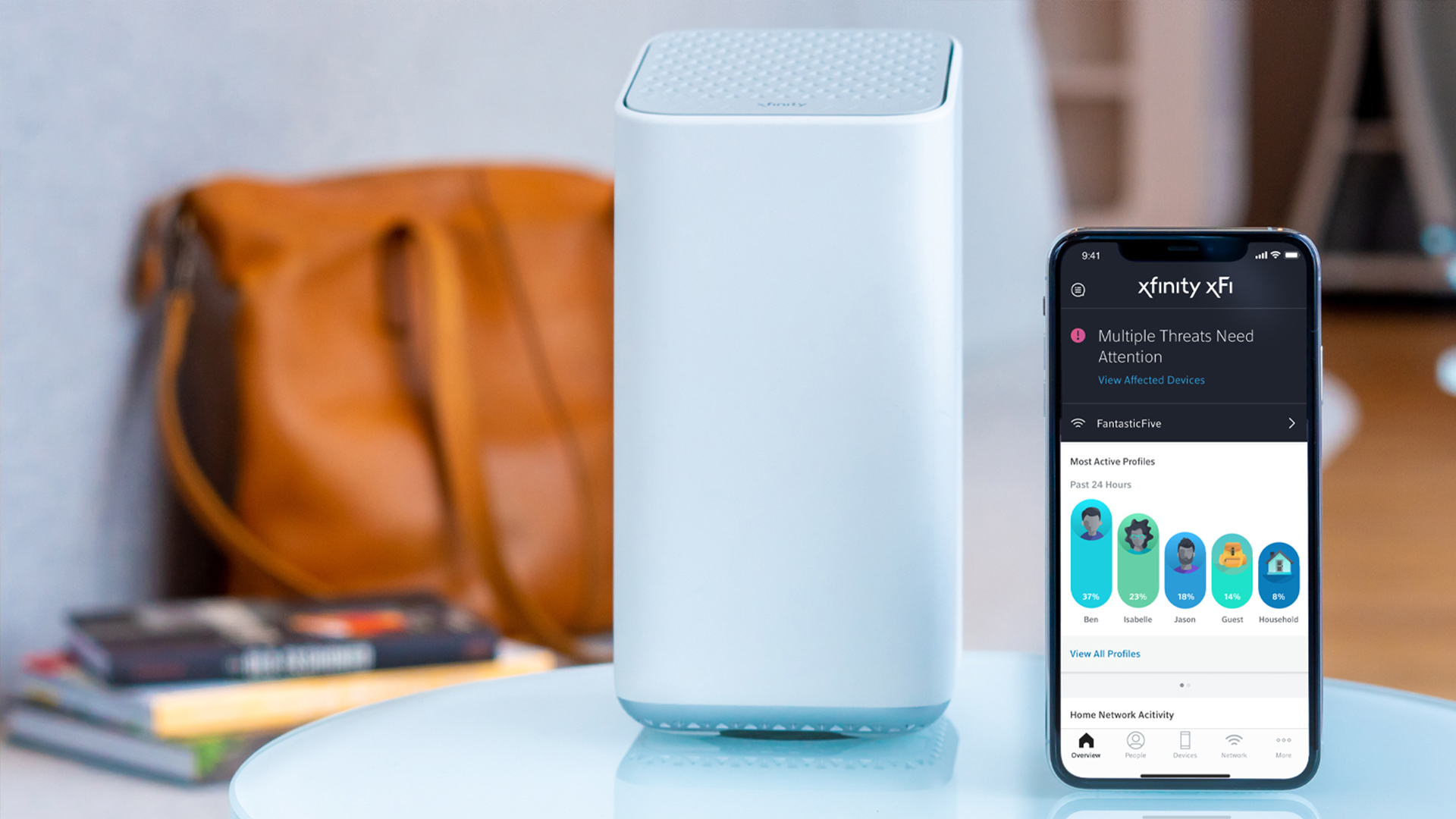As we continue to develop new habits and routines to set the tone for 2023, it is important that we analyze our old patterns to determine where we can improve. Comcast released its second Xfinity Cyber Health Report to help you check a box off that list.
The Xfinity Cyber Health Report summarizes cyber threat trends from Xfinity’s xFi Advanced Security, the growing list of devices in connected homes, and a view into consumers’ attitudes and behaviors around cyber protection.
Key findings:
- Connected Homes Are Expanding. So is Attack Volume: Xfinity xFi homes average 15 connected devices, up 25 percent from 2020. Power users average 34 devices. And 58 percent of consumers plan to buy at least one connected device this holiday season. xFi Advanced Security blocks an average of 23 unique threats per home each month – with the total number of attacks at least three-to-four times that number, since many attacks are repeated.
- Consumers Still Underestimate Threats: Nearly three fourths (74 percent) of Americans believe less than 10 attacks hit their home network every month. 61 percent believe devices are protected from threats right out-of-the-box at purchase. This leaves many new devices open to potential threats without protection.
- Consumers Unsure They’d Know They’ve Been Hacked: When asked how soon they would know whether they were a victim of a cyberattack, only 20 percent said immediately. Another 32 percent said they aren’t sure they’d ever know if they were a victim of a cyberattack. And, 51 percent of respondents noted they are not confident that they would know if a non-screen device was hacked, such as a robot vacuum or a smart plug.
- Emerging Device Vulnerabilities Misunderstood: Computers and smartphones remain the top two targeted devices consistent with findings in 2020. While consumers recognize the risks associated with these two device types, they underestimate the risk with emerging devices in their homes. In fact, xFi Advanced Security blocked threats to smart watches, lighting, thermostats, doorbells, garage openers, sports and fitness equipment, sprinkler systems and even cars, drones and pet accessories.
- Generational Cyber Divide: 70 percent of Boomers admit to unsafe behaviors compared with Gen X (80 percent), Millennials (82 percent) and Gen Z (87 percent). Gen Z had the lowest awareness of common threats like phishing and malware. 77 percent of Millennials are likely to buy a connected device this holiday season, the most for any segment surveyed.
“Our Xfinity Cyber Health Report demonstrates that, despite more awareness about the prevalence of cybersecurity risks, we have to continue to be diligent to ensure our devices in homes, and the people using them, stay safe,” said Noopur Davis, EVP, Chief Information Security Officer and Product Privacy Officer, Comcast. “The digital security of our customers is our top priority. As the number and complexity of cyber threats grow each day, we use smart tools and technologies across our network to offer multiple layers of protection to help keep our customers safe.”
As the largest broadband provider in the U.S. serving more than 32 million internet customer households, Comcast’s xFi Advanced Security service protects home networks from cyber threats and is free to all internet customers with the xFi Gateway who sign in through the Xfinity app. It uses artificial intelligence and machine learning technology to monitor and analyze WiFi traffic in the home, and automatically blocks identified suspicious activity in real time. To date, xFi Advanced Security has blocked nearly 10 billion cybersecurity threats. To activate this service, Xfinity xFi customers can log onto the Xfinity app and enable xFi Advanced Security.
About the Survey
The survey, conducted by Wakefield Research, polled 1,000 nationally representative U.S. adults ages 18 and older in November 2022, using an email invitation and an online survey. Results of any sample are subject to sampling variation. The magnitude of the variation is measurable and is affected by the number of interviews and the level of the percentages expressing the results. For the interviews conducted in this particular study, the chances are 95 in 100 that a survey result does not vary, plus or minus, by more than 3.1 percentage points from the result that would be obtained if interviews had been conducted with all persons in the universe represented by the sample.
Click here to download the 2022 Xfinity Cyber Health Report.




